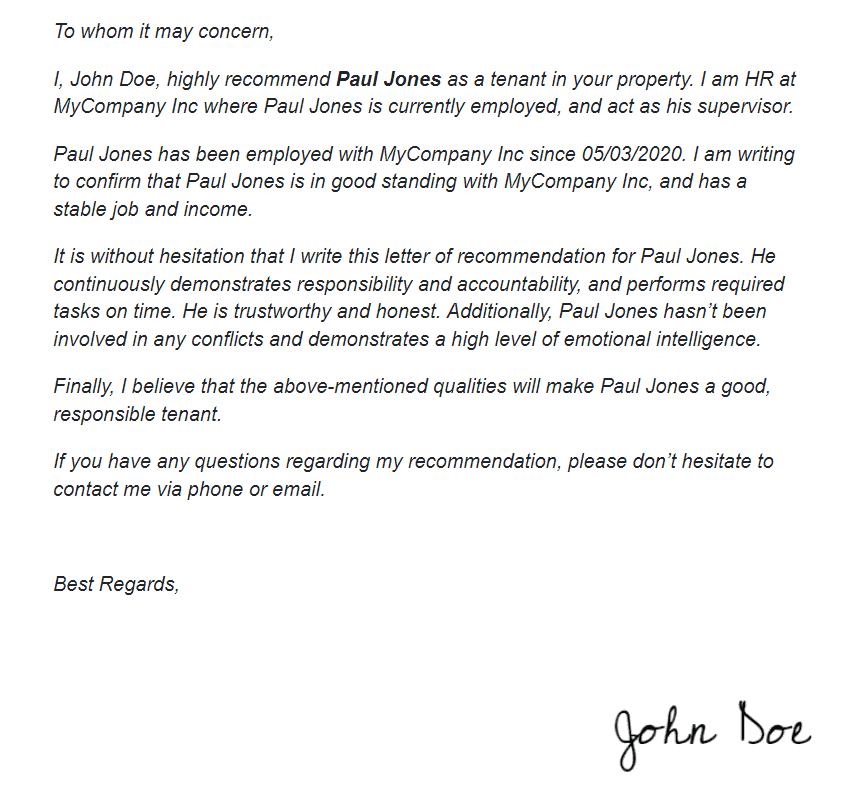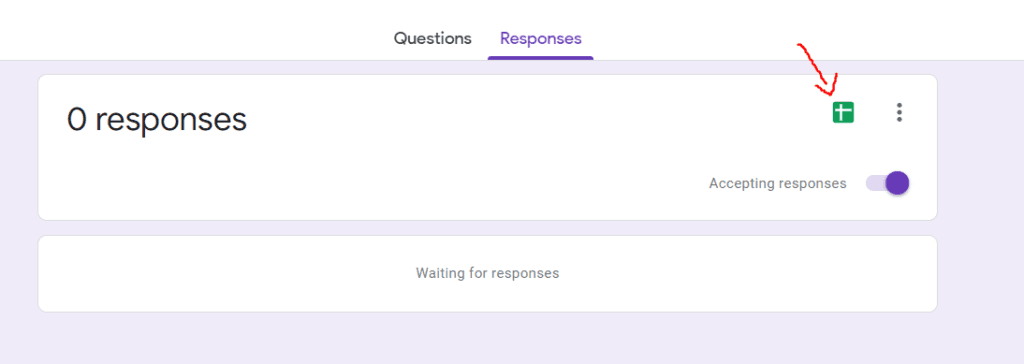Mar 30, 2020 | 3 minutes
Paperwork Automation: Rental Reference Letters
Even when it's 100% digital, hardly anyone cheers at the prospect of having to spend time doing paperwork. With Integromat, you can start automating it all.

If there is something landlords and tenants can easily agree upon, it is that paperwork is awful.
Even when it's 100% digital, hardly anyone cheers at the prospect of having to spend time doing paperwork. At its best, it is a dull, mechanical activity. At its worst, it becomes high-grade, soul-wrenching boredom material, a labyrinth abound with terrors but lacking all the thrills.
This is why paperwork has become one of the largest targets for automation: the lesser we can do without, the better. Which leads us to the question:
What kind of real estate paperwork can be automated?
Contrary to what I used to think, this is hard to answer, because little has been written about paperwork automation for the real estate industry (which is curious, since real estate paperwork seems to grow like mushrooms).
Given this particular panorama, we have decided that it'd be good to start addressing paperwork automation in the real estate industry by tackling one key document: the rental reference letter.
This might seem like a whimsical, random choice, but it isn't, for the following reasons:
Rental reference letters are helpful for both tenants and landlords
They make a good addition to rental scoring systems
They are somewhat hard to produce, even when there are plenty of guides and templates available
In short, rental reference letters can be hard to come by, and good references often help seal the deal when it comes to approving a tenancy. And this is how you can automate the production of this key document. Let's take a look!
How to automate rental reference letters
The scenario below will allow you to create a personalized letter with Google Docs every time a new response is submitted to Google Form.
Level Of Difficulty: Beginner
Implementation Time: 10 minutes (approximately)
What will you need?
An Make account
A Google account (with the connection added to Make)
A folder in Google Drive with Google docs and Google Sheets.
If you are tired of writing the same recommendation letter every month, here's how to automate the whole process in 3 easy steps.
1. Create a letter template with Google Docs
You can write your own template with Google Docs. If you want to avoid this step, feel free to make a copy of this template and use it.
To automate your rental reference letter, you will need to put two curly brackets (or “mustaches”) around any word that you wish to personalize.
For example: I am {{age}} years old and my name is {{first name}}.
2. Create a Google Form
Once we’re done with the template, you will have to create a Google Form in order to collect all the dynamic data.
In the form, add a question for each field that you wish to personalize in the document. Here you will find an example of a simple form to complete with a tenant's data.
When you’re done with that, click on “Preview” and submit a first response to test your form.
Then, in the “Responses” tab, click on the green icon to create a spreadsheet: this is where we will save all the Google Forms responses.
3. Create your Make scenario
Now that we have the letter template and a spreadsheet that tracks all our form responses, we need to connect them all together.
To do so, we will create a new Make scenario using two modules:
Watch Rows (Google Sheets)
Create a Document from a Template (Google Docs)
Each time a new response is submitted to our form, a new row will be added to our spreadsheet, and this will automatically trigger our scenario.
In the second module (Google Docs), we simply need to map the fields that will be retrieved in the first module, to make our document truly dynamic.
If you want to take things a little further, feel free to add an email module to your scenario. This will allow you to automatically send the documents as they get created.
Final: Time to test!
In order to test, simply activate your scenario submit a new response to your form. If all works the way it is supposed to, you’ve just created your first automated reference letter! Hopefully, the first of many to come.
What does this mean?
One less repetitive task to take care of
A better information flow to comply with rental scoring systems
Better tenants, and happier landlords
Ready for the challenge? If not, just think of all the time you will be saving yourself in the future by implementing this today.
Happy Automating!
Ready to make the automation revolution happen?





